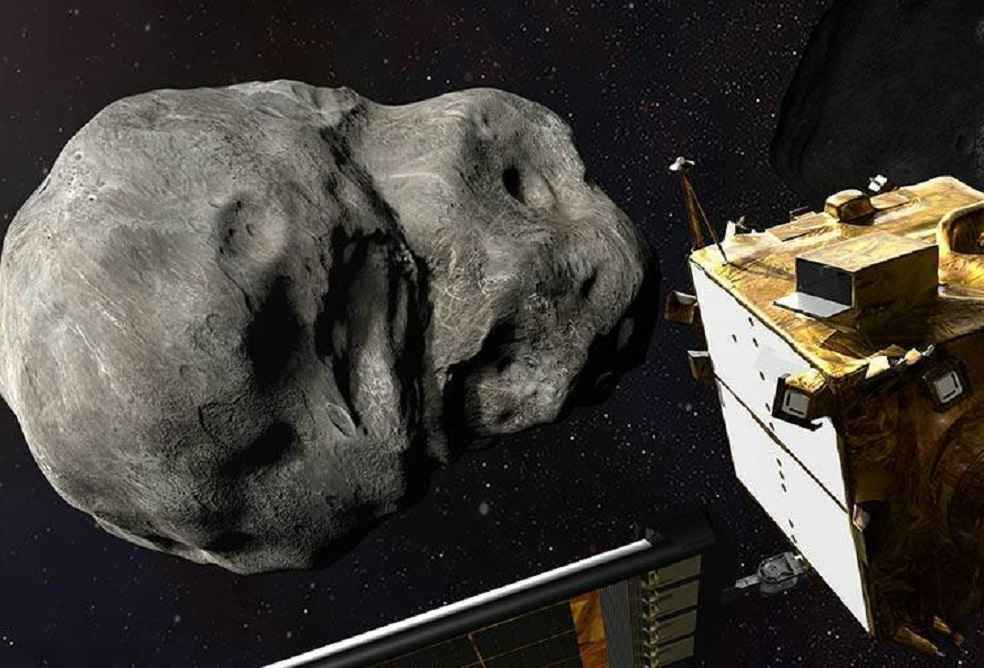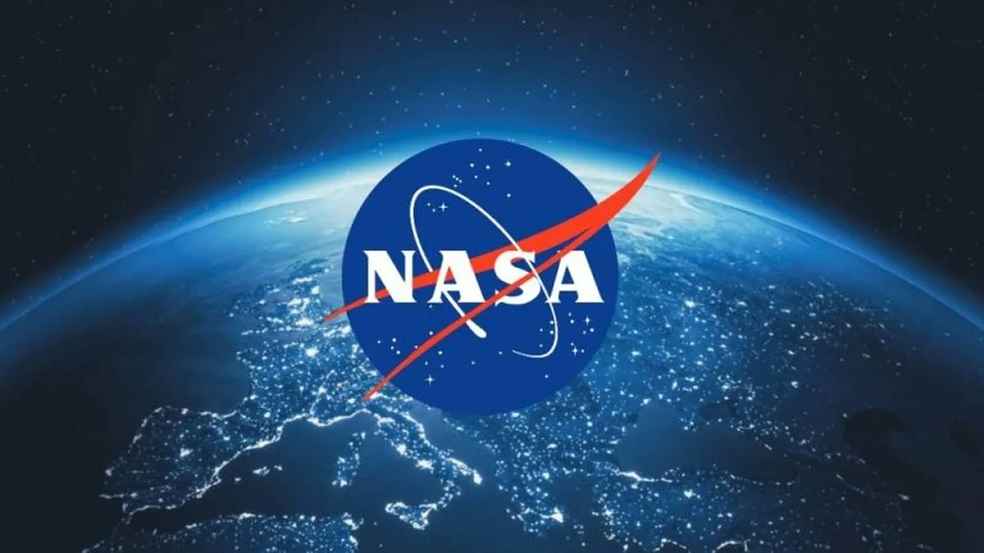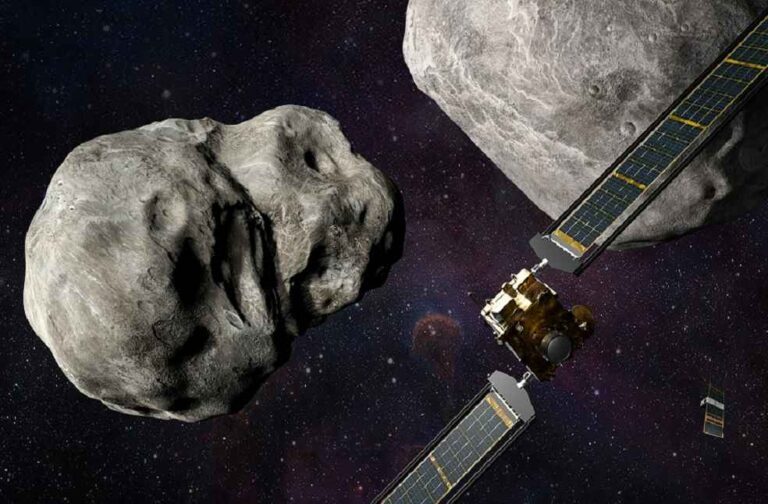Washington D.C., United States: The National Aeronautics and Space Administration (NASA)’s contingency for a remote chance of catastrophic asteroid threatening humanity was successful executed when the space agency slammed a spacecraft into an asteroid on September 26.
The estimated 11 billion pound, 520-foot long asteroid Dimorphos was struck by the 1,260-pound Double Asteroid Redirection Test (DART) spacecraft at a speed of 14,000 miles per hour, about 7 million miles from Earth. The spacecraft made contact about 55 feet from the asteroid’s centre.
A week back, the spacecraft had launched LICIACube, a shoebox-sized partner, along with its camera to picture the mission which eventually confirmed the impact.

“We already knew the images would be spectacular but I think they still exceeded expectations. This was a really hard technology demonstration. To hit an asteroid we have never seen before and to do it so spectacularly is quite the achievement,” said Ms. Nancy Chabot, DART coordination lead, after the collision in NASA’s livestream.
The successful mission marks the end of a $325 million, 10-month odyssey for DART. The asteroid and the one it orbits, Didymos, were picked since neither one poses a threat to Earth.
“It has been a successful completion of the first part of the world’s first planetary defense test. I believe it is going to teach us how to protect our planet from an incoming asteroid. I really look forward to learning all about what is happening from the observatory so they can tell us from the changes in this asteroid’s orbit. With this mission, we are showing that planetary defense is a global endeavor and that it’s very possible to save our planet,” shared NASA administrator Mr. Bill Nelson.

In a sense, the mission’s impact is only getting started because science and picture data are still being collected. Scientists will be examining the Didymos system from various perspectives over the next few days and weeks.
This includes using ground-based observatories to track changes in Dimorphos’ orbit and space telescopes to analyze the impact crater. Even photos of the collision from the LICIACube, Hubble, and Webb could be obtained by scientists.



